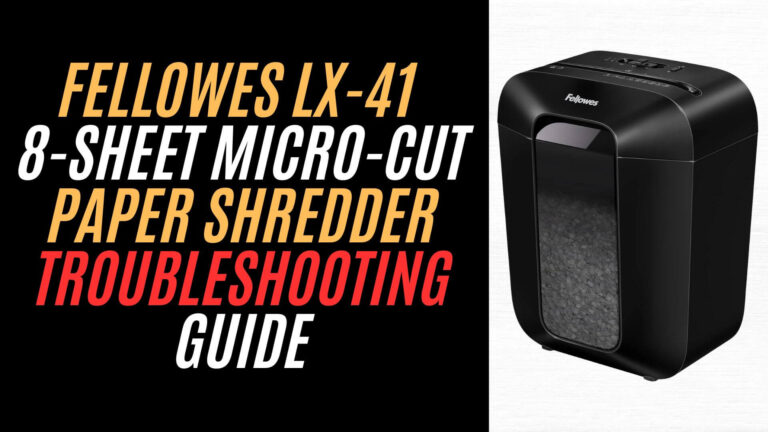The Cambom rotary cheese grater is a popular kitchen tool designed to simplify the grating of cheeses, vegetables, and nuts. Its manual operation and interchangeable blades make it a versatile addition to any culinary arsenal. However, users sometimes encounter an issue where food becomes lodged in the grater, hindering its performance and causing frustration.
When food gets stuck in the Cambom cheese grater, it can lead to several problems:
- Reduced Efficiency: The grater may require more effort to operate, slowing down food preparation.
- Hygiene Concerns: Residual food particles can harbor bacteria, posing health risks.
- Potential Damage: Forcing the grater to work with obstructions can strain its components, leading to wear or breakage.
By promptly addressing and preventing food from getting stuck, users can ensure the grater remains a reliable and safe kitchen tool. Understanding why this happens and how to address it is essential for maintaining the grater’s efficiency and prolonging its lifespan.
Read the full review: https://shreddermachineusa.com/product-review/cambom-rotary-cheese-grater-review/

Common Causes of Food Getting Stuck
Several factors can contribute to food becoming lodged in the Cambom Rotary Cheese Grater:
- Inappropriate Food Texture:
- Soft Cheeses: Cheeses like mozzarella or brie can be too soft, causing them to smear rather than grate.
- Overripe Vegetables: Vegetables that are overly ripe may lack the firmness needed for effective grating.
- Improper Use of Blades: Using the wrong blade for a specific food item can lead to clogging. For instance, using a fine shredding blade for hard vegetables may cause jams.
- Overloading the Grater: Placing large chunks of food into the grater without cutting them into manageable sizes can overwhelm the mechanism.
- Insufficient Cleaning: Residual food particles from previous use can dry and harden, creating obstructions during subsequent uses.
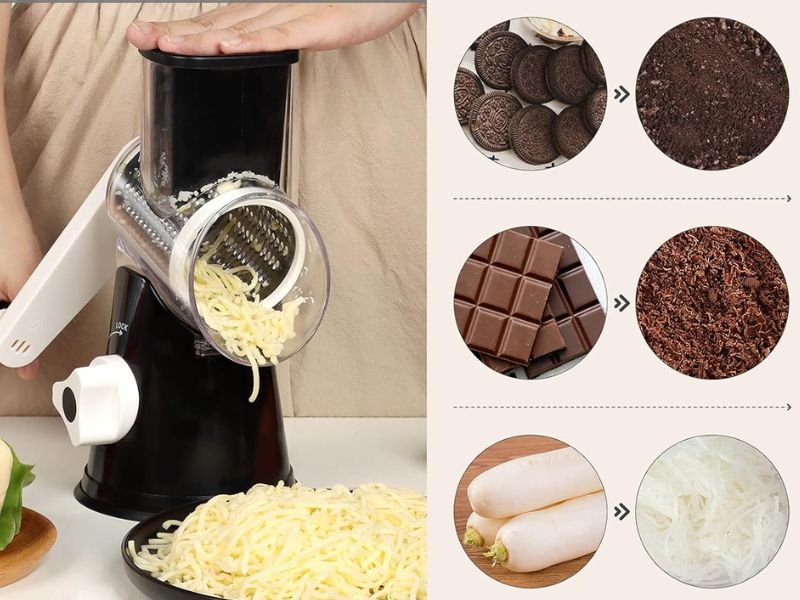
Preventive Measures
To minimize the chances of food getting stuck in the grater, consider the following practices:
- Select Appropriate Foods: Opt for firm cheeses and fresh, crisp vegetables. If using softer cheeses, chill them in the refrigerator for about 15-20 minutes before grating to firm them up.
- Choose the Right Blade:
- Match the blade to the food item:
- Coarse Shredding Blade: Suitable for hard cheeses and firm vegetables.
- Fine Shredding Blade: Ideal for softer cheeses and finely grated textures.
- Slicing Blade: Best for creating uniform slices of vegetables and fruits.
- Match the blade to the food item:
- Prepare Food Properly: Cut food items into smaller, manageable pieces that fit easily into the grater’s feeding chute.
- Maintain a Steady Pace: Avoid applying excessive force or speed when turning the handle. A consistent, moderate pace ensures smooth operation.
- Regular Cleaning: After each use, disassemble the grater and clean all components thoroughly. This prevents residue buildup that can cause future blockages.
Steps to Address Food Stuck in the Grater
If food becomes lodged in your Cambom Rotary Cheese Grater, follow these detailed steps to safely and effectively address the issue:
1. Cease Operation Immediately
- Stop Cranking: As soon as you notice resistance or jamming, halt the grating process to prevent further compaction of the food and potential damage to the grater.
2. Disassemble the Grater
- Detach the Handle: Turn the handle counterclockwise to remove it from the drum housing.
- Remove the Drum: Gently slide the drum (the cylindrical grating component) out of the main body of the grater.
- Separate Additional Parts: If your model includes a food pusher or hopper, detach these components as well.
3. Remove Obstructions
- Manual Removal: Use a soft brush or wooden utensil to carefully dislodge any stuck food particles from the drum and blade. Avoid using sharp objects that could damage the blades or plastic components.
- Soak if Necessary: For stubborn residues, soak the affected parts in warm, soapy water for 10-15 minutes to loosen the debris before attempting removal.
4. Clean Components Thoroughly
- Wash: Clean all disassembled parts with warm, soapy water, paying special attention to the blades and drum where food particles are likely to adhere.
- Rinse: Ensure all soap residue is rinsed off to prevent any impact on food taste during future use.
- Dry Completely: Use a clean towel to dry each component thoroughly, or allow them to air dry. This step is crucial to prevent rusting, especially on metal parts.
5. Inspect for Damage
- Examine Blades: Check for signs of dullness, nicks, or bending. Sharp, undamaged blades are essential for efficient grating.
- Assess Plastic Components: Look for cracks or wear in the plastic housing and handle, as these can affect the grater’s stability and performance.
- Replace if Necessary: If any part shows significant wear or damage, contact Cambom’s customer service or authorized retailers to inquire about replacement parts.
6. Reassemble the Grater
- Align Components: Ensure all parts fit together correctly, with the drum seated properly in the housing and the handle securely attached.
- Test Functionality: Before resuming use, turn the handle to confirm smooth operation without resistance.
7. Resume Use with Caution
- Gradual Testing: Start with a small piece of food to ensure the grater functions correctly.
- Monitor Performance: Pay attention to the ease of grating and listen for any unusual sounds that might indicate an issue.
By following these steps, you can effectively address and prevent food from getting stuck in your Cambom Rotary Cheese Grater, ensuring its longevity and optimal performance.
Maintenance Tips
- Regular Inspection: Periodically check the blades for sharpness and signs of wear. Dull blades can increase the likelihood of food getting stuck.
- Proper Storage: Store the grater in a dry place to prevent rust and maintain the integrity of its components.
- Avoid Dishwasher Use: While some parts may be labeled as dishwasher safe, hand washing is recommended to preserve the longevity of the blades and other components.
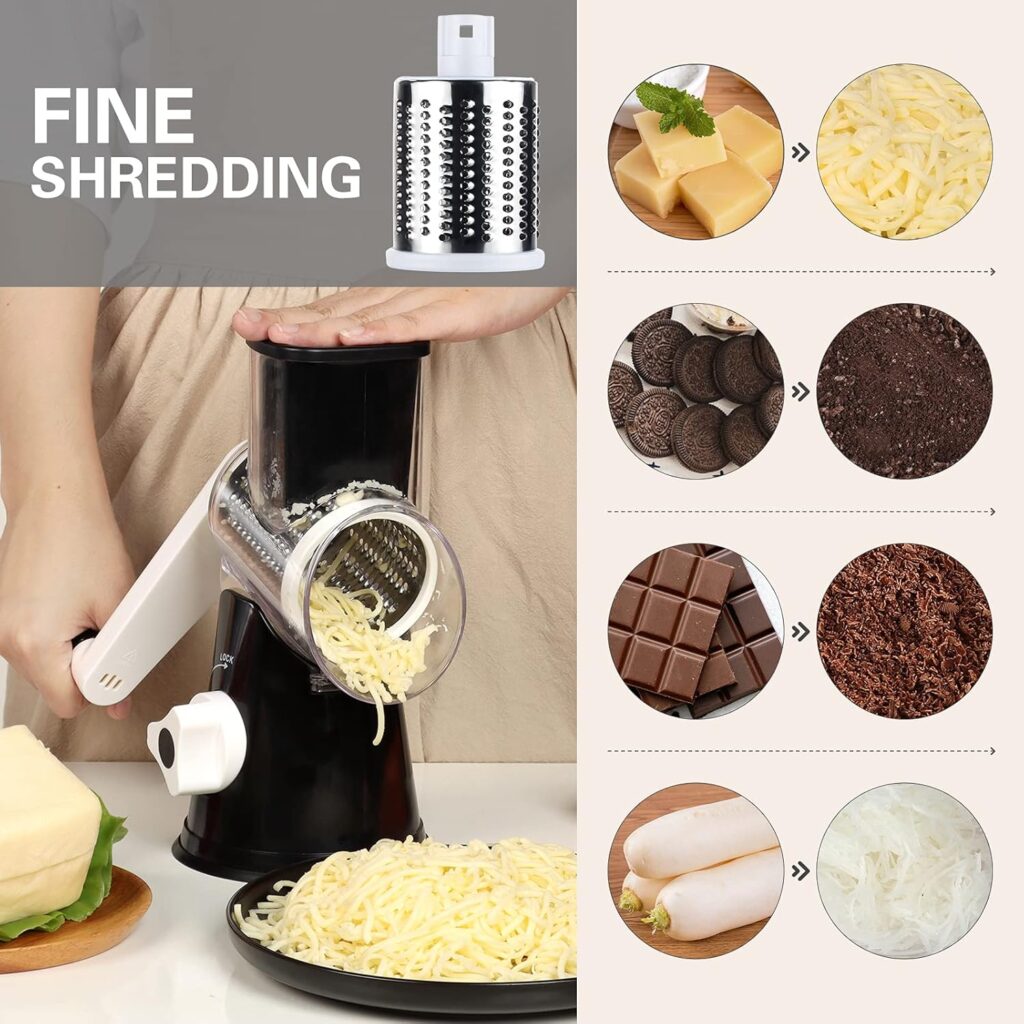
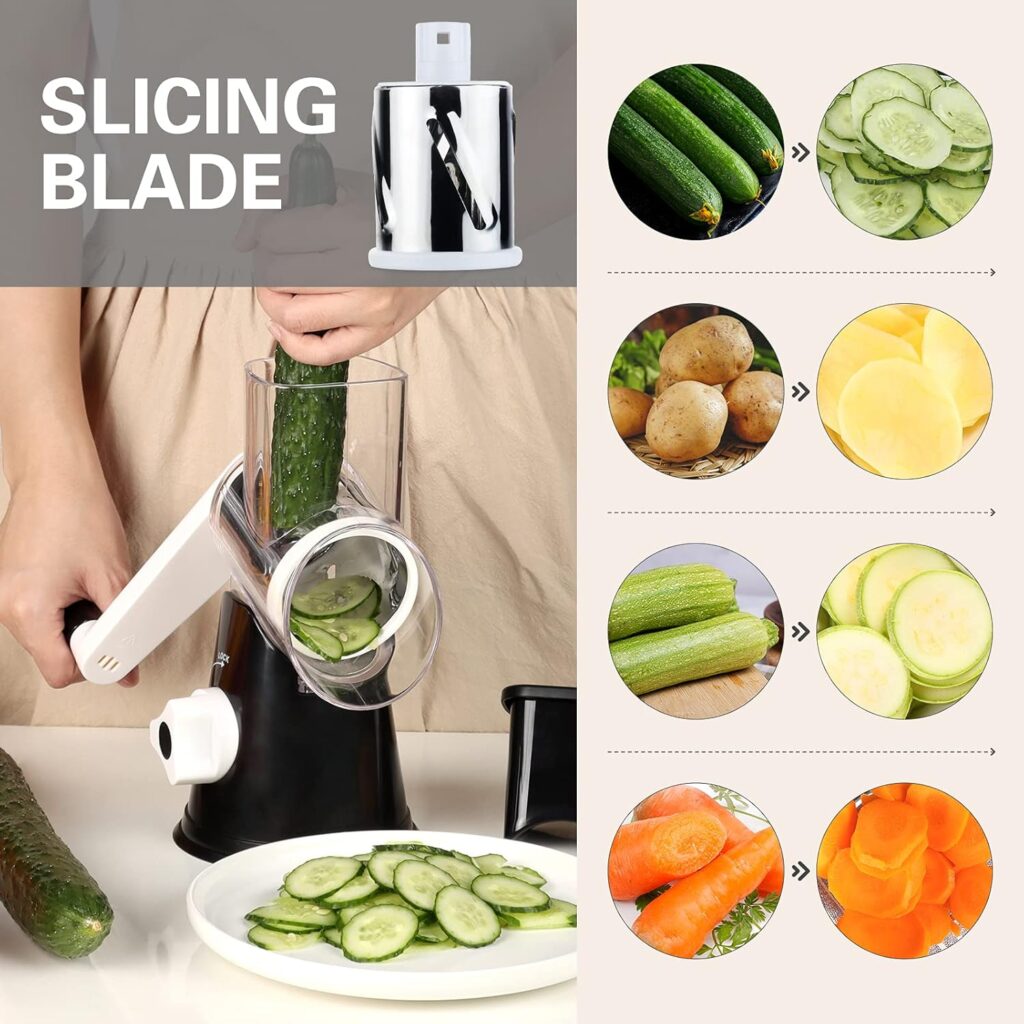
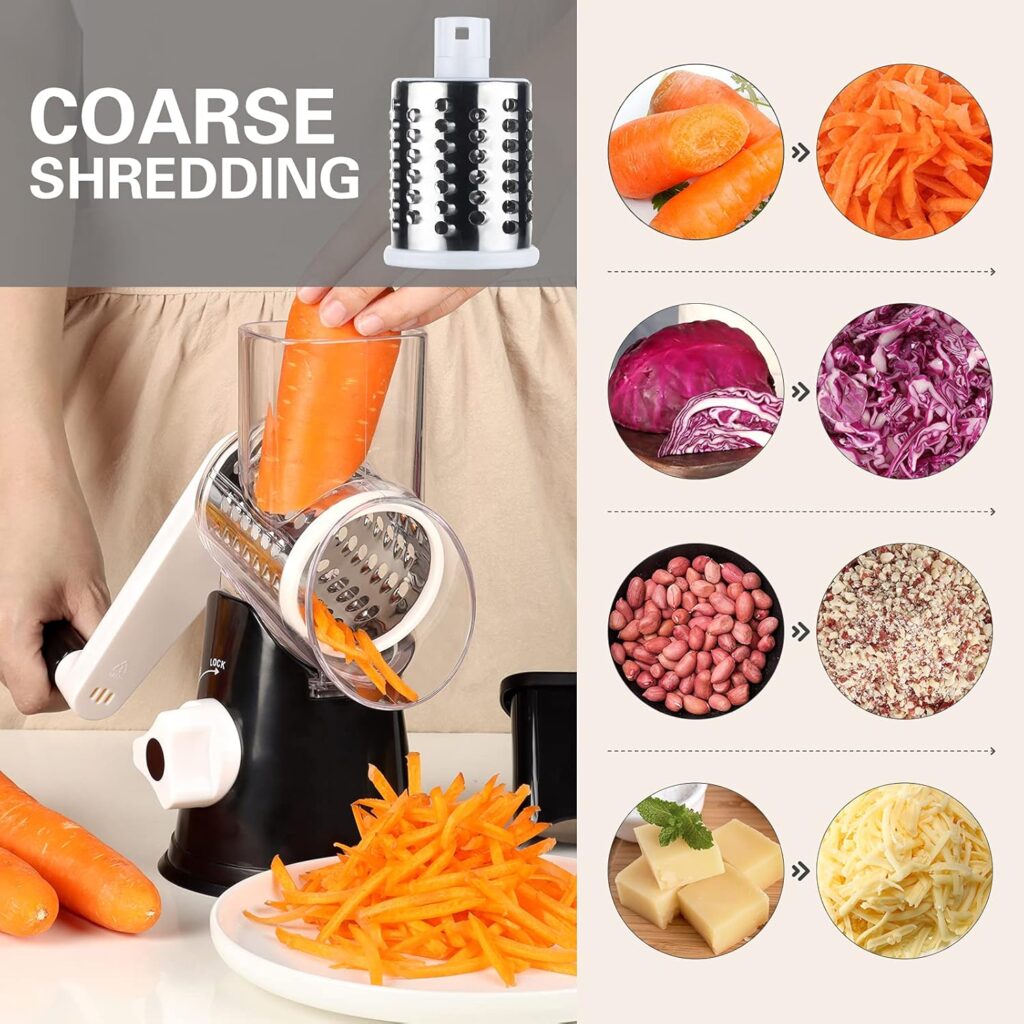
Frequently Asked Questions
Can I grate soft cheeses with the Cambom Rotary Cheese Grater?
Yes, but it’s advisable to chill soft cheeses in the refrigerator for 15-20 minutes before grating to firm them up and reduce the likelihood of sticking.
What should I do if the handle becomes difficult to turn?
This may indicate food is stuck inside. Disassemble the grater, clean all components thoroughly, and reassemble before use.
How often should I clean the grater?
Clean the grater after each use to prevent residue buildup and maintain hygiene.
Can I use the grater for nuts and chocolate?
Yes, the grater is suitable for nuts and chocolate. Ensure they are at room temperature and cut into manageable pieces before grating.
Where can I purchase replacement blades?
Replacement blades may not be readily available for separate purchase. It’s recommended to contact Cambom’s customer service for specific inquiries.
Conclusion
The Cambom rotary cheese grater is a valuable kitchen tool that, with proper use and maintenance, can provide efficient grating for various foods. By understanding the causes of food getting stuck and implementing preventive measures, users can ensure smooth operation and extend the grater’s lifespan.
Regular cleaning, appropriate food selection, and correct blade usage are key to preventing and addressing any issues related to food becoming lodged in the grater.


